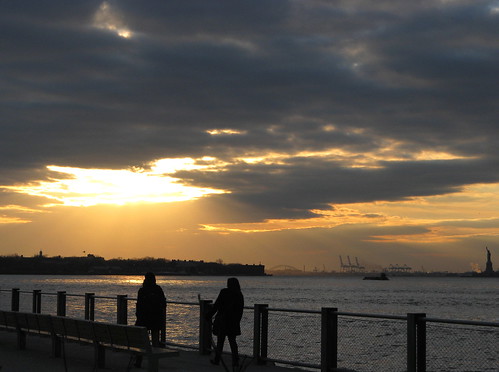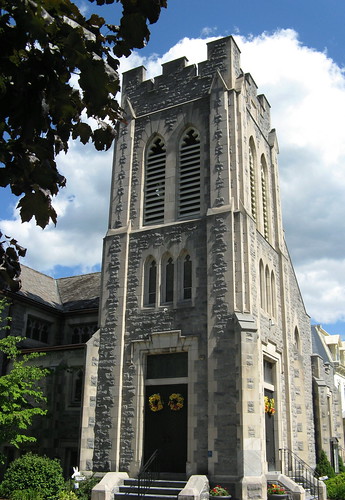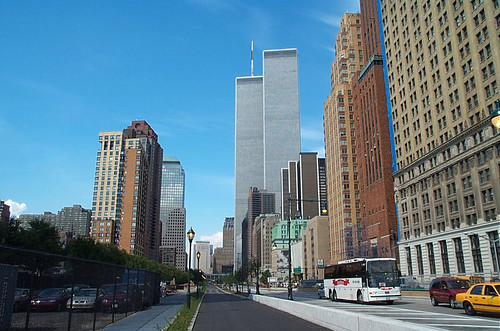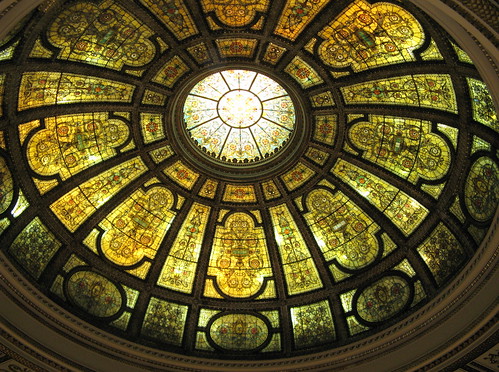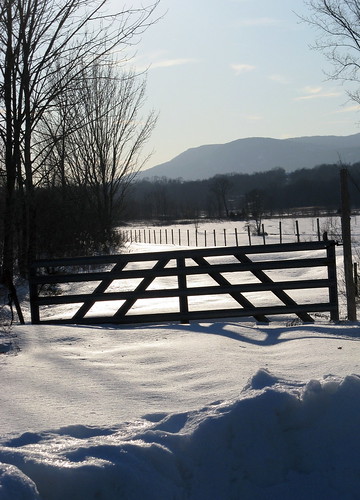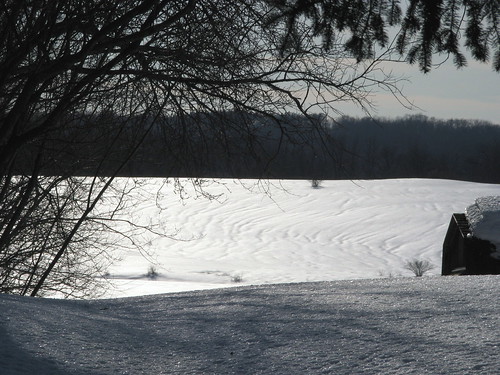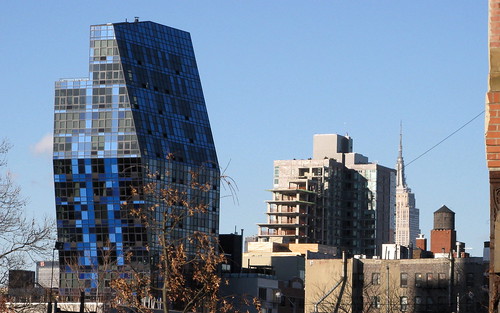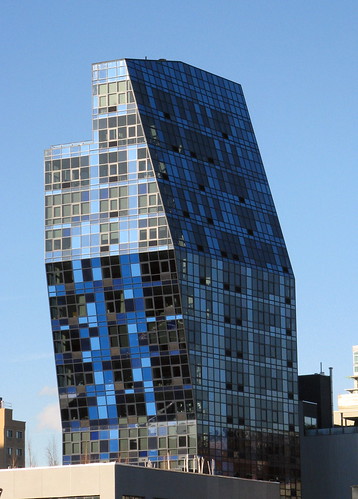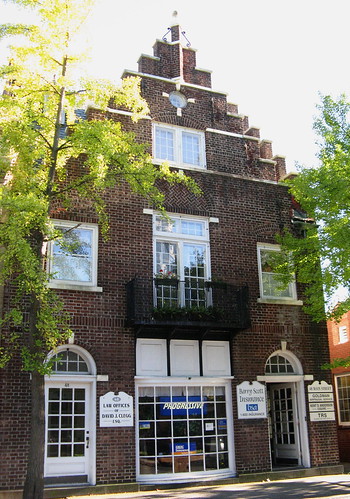“Rose Mehl – 15 years old.” The words jump out from the flip side of a business card on which they are imprinted. Rose was a Jewish girl who lived on East 7th Street in New York, and she had a job as a factory worker. Her name and age are printed on the back of a card of the Remember the Triangle Fire Coalition.
On March 25, 1911, Rose Mehl went to work at the Triangle shirtwaist factory, which was located on the top three floors of the Asch Building at the corner of Washington Place and Greene Street in Manhattan. She never went home that day. Near closing time on that Saturday, a fire broke out, spread rapidly, and ravaged the factory in a very short time.
The blaze killed 146 people, mostly young girls and women from Jewish and Italian immigrant families. (Of 146 victims, 129 were women and girls.) They had worked long days of as many as 14 hours for just a couple or few dollars. Rose Mehl was one of those who died. What was she thinking toward the end of that workday? Were her thoughts happy ones? Did she look forward to going home? These are my thoughts as I see her name on a card commemorating the fire 100 years later.
To read the victims’ names and ages and to see where they lived and where they had come from is to enter a different world, at least a world that contrasts with what is prevalent today in the neighborhood situated around where the factory was. They were factory employees toiling in dangerous, often-brutal conditions for low wages. They were mostly in their teens to early 20s. They perished in New York City’s largest workplace disaster before 9/11. Today, if one stands outside the building where the fire occurred (now New York University’s Brown Building), you can hear the laughter and chatter of young girls and women who are now university students, passing by, often tapping their smartphones. For the most part, they live in a different world now.
During March – on the occasion of the 100th anniversary – and in the next several months, the city, NYU, and community groups plan to remember and honor the victims and survivors, and to focus on the Triangle fire in a variety of artistic, civic, and educational events. A key remembrance and examination, on view until early July, is an illuminating, unforgettable exhibit at New York University’s Grey Art Gallery, entitled “Art | Memory | Place: Commemorating the Triangle Shirtwaist Factory Fire.” The exhibit, which is co-curated by NYU professors Marci Reaven and Lucy Oakley in collaboration with graduate students in NYU’s Programs in Museum Studies and Public History, is located in the gallery’s lower (basement) level. It’s quite moving to take in the exhibit and then walk around the block, so close by, to view the floors that housed the factory.
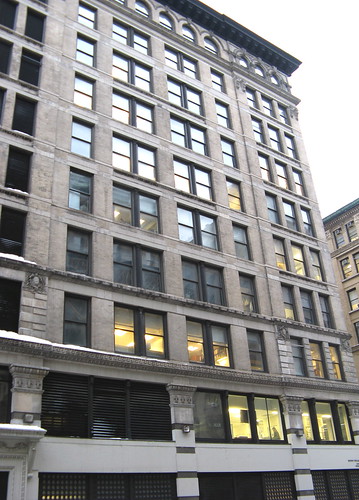
The Triangle shirtwaist factory was located in the top three floors of this structure, then known as the Asch Building (now New York University’s Brown Building), in New York’s Greenwich Village.
The Grey Gallery exhibit is a well-researched, evocative telling of the fire’s history and its continuing impact, from the days prior, to the day of the fire and the immediate aftermath, and finally through what has occurred in the decades since then. It chronicles the event through photographs that show the factory’s gutted interior, family members identifying the dead, and funeral processions; newspaper articles and political cartoons; artwork; artifacts such as shirtwaists; and other objects. [Read more →]
